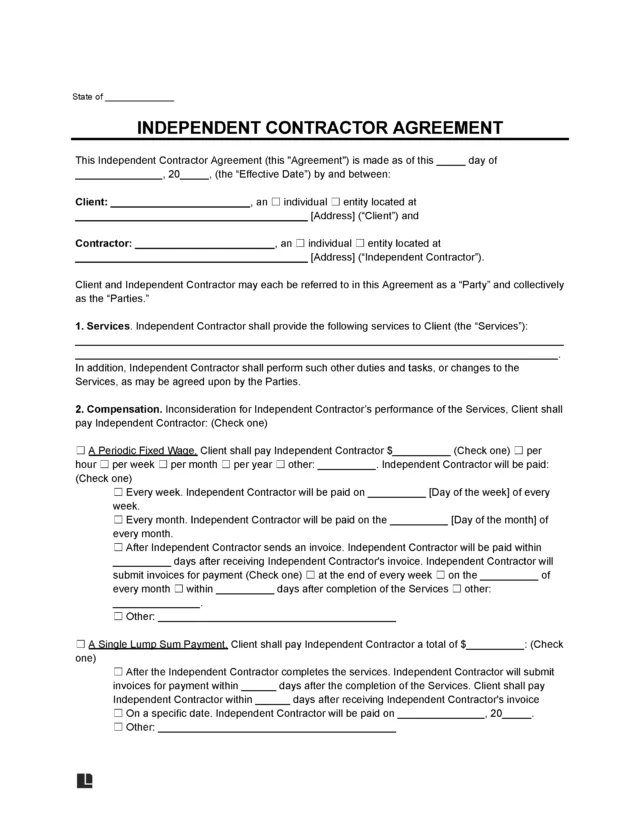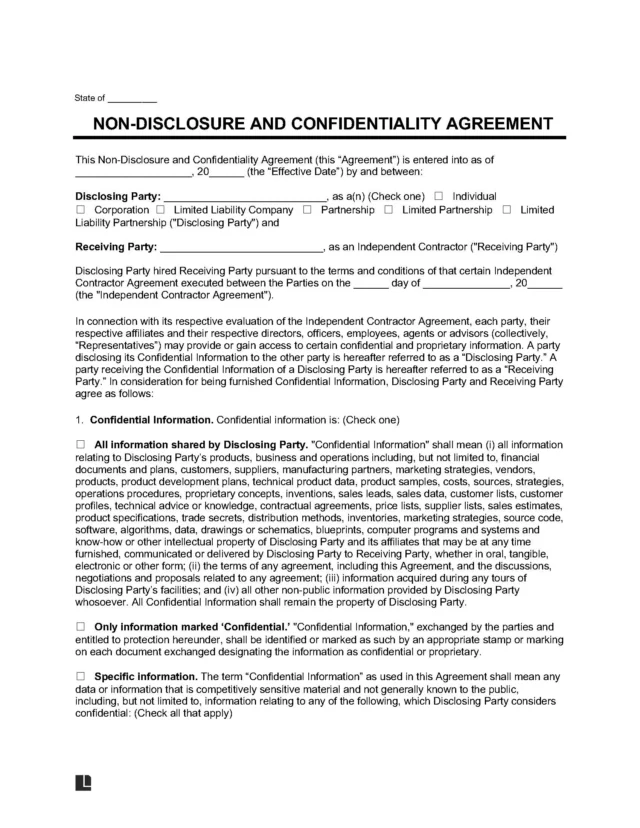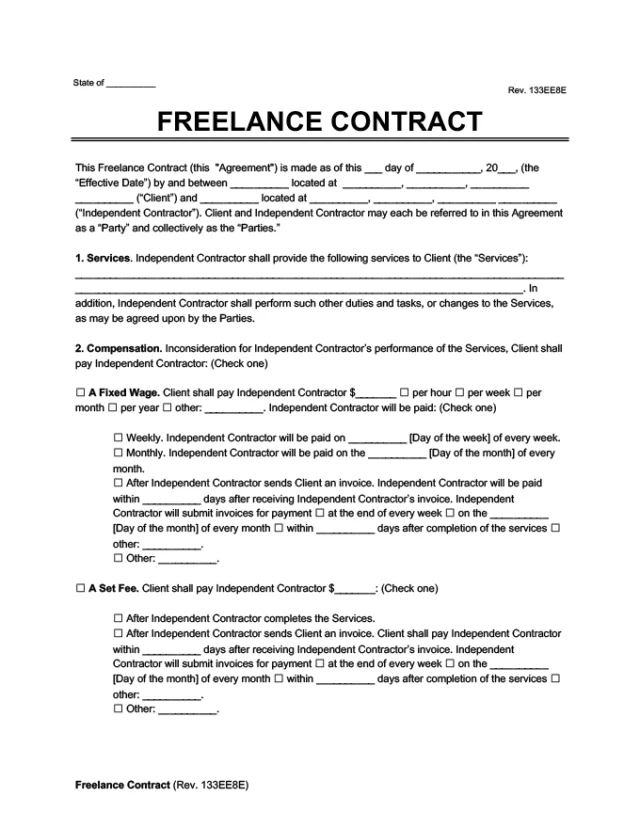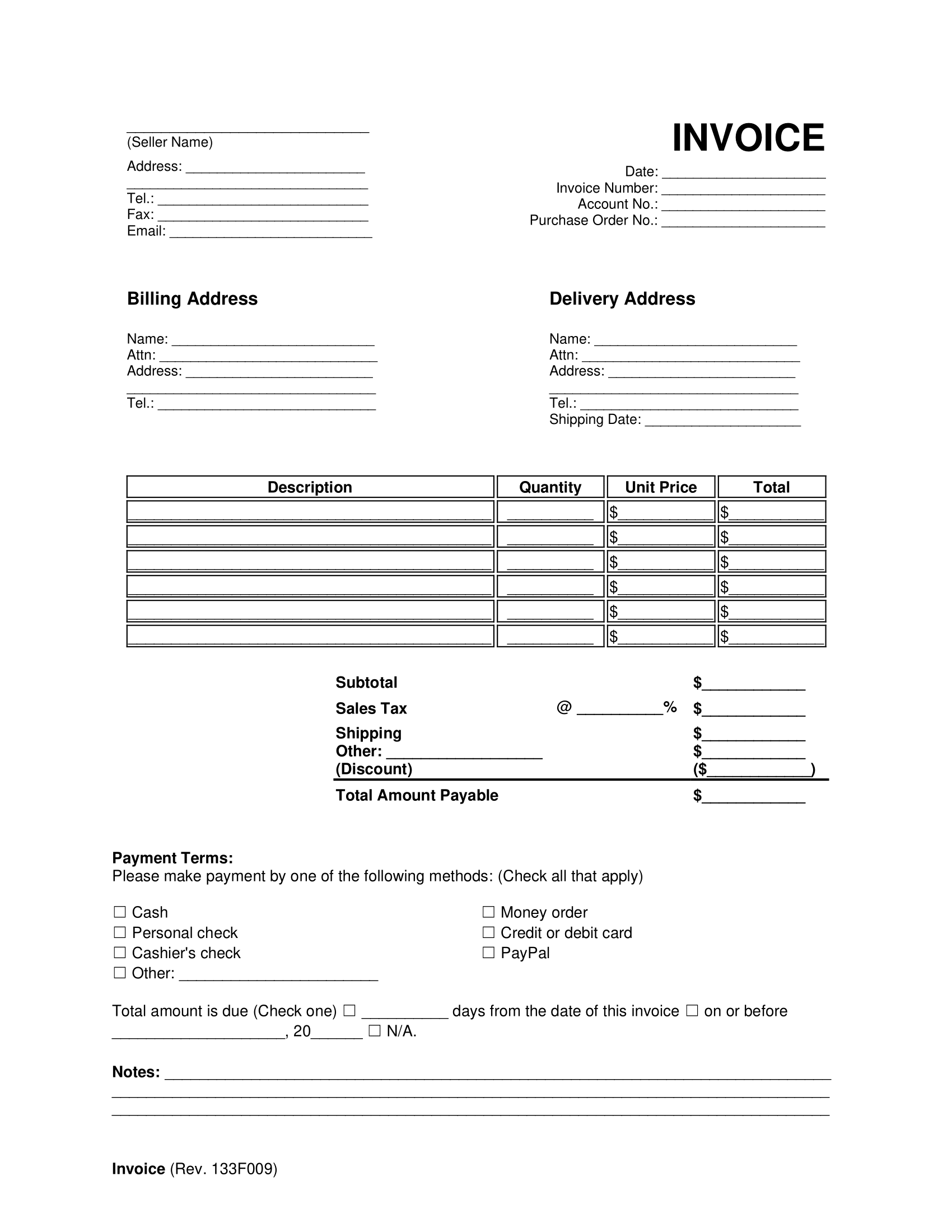What Is a Freelance Invoice?
A freelance (independent contractor) invoice is a standardized document allowing freelancers and independent contractors to request payment for services rendered. The document includes all related information, including the scope of the work, fees, and payment terms.
By creating an invoice, freelancers can save time and maintain a consistent, professional reputation when billing clients for freelance work where the client pays by the project, task, or hour.
Benefits of Using a Freelance Invoice
Here are some benefits of using a freelance invoice:
- Save time in the long term by reusing the same template for different clients.
- Outline all the deliverables and services you’ll provide to clients.
- Improve your professionalism among clients.
- Improve your organization and recordkeeping when it comes to accounting for your taxes and expenses.
What Is Considered Freelance Work?
Freelance work is the provision of specialized services on a contractual basis. It can consist of graphic design, web development, content creation, copywriting, photo editing, house cleaning, handyman work, and pet care services.
Typically, freelancers have multiple clients and can choose which projects to accept and decline. They enjoy great flexibility and autonomy as they negotiate their pay rates with clients directly instead of collecting a salary or wage through an employer. They also assume more responsibility, as they’re responsible for marketing their offerings, managing their taxes, and issuing invoices.
What to Include on a Freelance Invoice
Creating a professional and comprehensive freelance invoice requires you to include these elements:
- Invoice number: Assign a unique tracking number to each invoice you create. Have a record where you list your invoice numbers and the client’s name so you can find the necessary documents easily.
- Invoice date: Include the date that you issue the invoice near the top of the document.
- Client information: Include details about the client you’re billing, including their name and contact information.
- Service description: List the services you offered, including the date you performed them and what you provided to the client.
- Payment billing rate: Specify whether you’re billing the client by the deliverable, the number of hours worked, or another metric.
- Payment due date: Include the date by which you’d like the client to pay.
- Total amount due: Include the cost of all services you provide and applicable taxes.
- Payment terms: Outline the conditions under which you expect to receive payment, including the payment due date, accepted payment methods, and the consequences of a late payment.
When Is the Right Time to Send a Freelance Invoice?
There is no right time.
- Some freelancers send an invoice after the project is complete.
- Others invoice their clients after they reach certain milestones.
- You can also set up a recurring billing cycle, for example, weekly, bi-weekly, or monthly.
You may consider asking your clients for their billing preferences, as they may be more likely to pay on time when they have their preferred payment schedule.
How to Invoice as an Independent Contractor
Once you enter into an independent contractor agreement and start completing your freelance work, you can follow these steps to invoice your client:
Step 1 – Track Hours Across Projects
Keep a detailed log of the hours you spend on each project. This record helps to add credibility to the details on your invoice. Also, if there are any questions, your client can refer to the information you sent them.
Step 2 – Adjust for Final Billing
As the project progresses, you may need to update your work records so you can collect an accurate final payment. Discuss any revisions to project details with the client first so they aren’t surprised when they receive the final invoice.
Step 3 – Deliver the Invoice
Deliver the invoice to the client at a valid address. You may send it via email or physical mail or deliver it in person if possible.
Step 4 – Follow Up If Payment Is Not Complete
If the payment is past the due date, send a polite reminder to the client. When you sign a contract with a client, put stipulations about late or missed payments. This will ensure you have recourse in these situations.
Step 5 – Meet Your Tax Obligations
As an independent contractor, you have tax obligations that must be met. Keep track of your invoices and payments for tax purposes. Use a computer program or accountant to help you keep tax information in order.
Freelance Invoicing Best Practices
Here are some best practices to follow when you send freelance invoices:
Customize Your Invoice
Consider adding your company logo for a more professional touch. You could also include a thank-you message or a professional recommendation of additional services the client may benefit from at the bottom of your invoice. These additions can help you refine your reputation in your field.
Save Templates to Use Again
Once you create a freelance invoice that suits your freelancing business needs, save the template for future use. This way, you won’t have to create a brand-new invoice every time you need to bill a client.
Don’t Wait to Send Invoices
Send invoices as efficiently as possible, as you may increase your chances of receiving quicker payments. Only issue the invoice when you and the client have discussed and agreed to the same terms.
Freelance Invoice Sample
Download a freelance invoice template in PDF or Word format below:








